School butterfly gardens are a lot of fun and a great complement to the educational process. Where do you start with a butterfly garden? If you already have one, what steps should you take to improve it? Check out our tips below to make informed decisions and achieve tangible results.
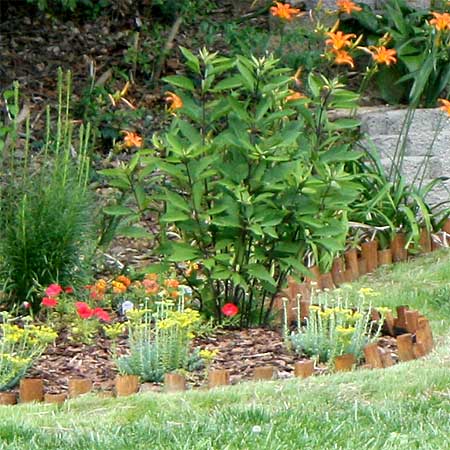
1. Site Selection
First, you must invest time and energy in identifying a good site for your school butterfly garden. It should have a minimum of 6 hours of direct sunlight. Flowers need sunlight to bloom and provide the nectar to feed butterflies. The morning sun helps warm the butterflies’ wings and keeps them warm and active throughout the day.
Planning raised beds or in-ground gardens? Both are excellent options. Careful planning is essential for success. Consider garden kit watering system options, especially if you’re on a budget.
For in-ground and raised beds, you must consider soil type, plant requirement, and water drainage, even in rainy conditions. Ensure your garden site is close to a water source and the classroom. Otherwise, students will need additional time getting to and from the garden.
Lastly, consider setting up a butterfly puddling station that provides vital nutrients for butterflies. For more information about puddling, please read our article Making a Butterfly Puddler for Your Garden.
2. Choosing Butterfly Species to Attract
Choosing the butterfly species you want to attract is an important step. Do your due diligence to learn about the most common species in your area. Butterflies fly in certain areas, so your location and the time of the year plants grow must be considered when making your butterfly selections.
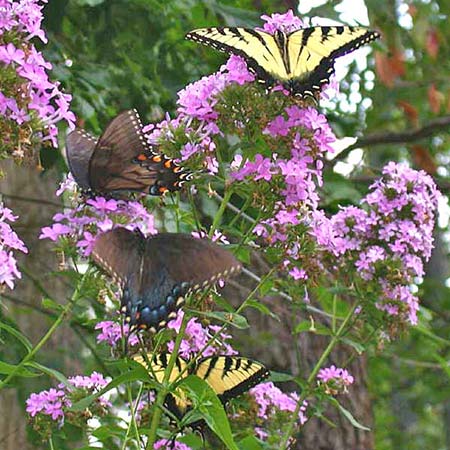
Be careful not to choose too many butterflies. Start by selecting plants for a couple of butterflies, and then add plants to attract additional species to your garden. Before you know it, you will start seeing varieties of butterflies.
To help you on this journey, enter your Zip Code on the Butterflies You Can Attract page, and we’ll show you which butterflies fly in your area and a list of plants they need.
If you are a college student helping with tending the school garden, it might be challenging to do it regularly due to your busy schedule. By going through the GrabMyEssay review at TopWritersReview, you could get help with your assignments..
3. Preparing the Soil
Make sure you prepare the soil before you choose plants. It’s best to test your soil to determine your soil type and how to amend it for your needs. Well-prepared beds help plants grow and perform well. Our gardens flourish when using compost as organic matter for our plants. Successful gardens start from the ground up!
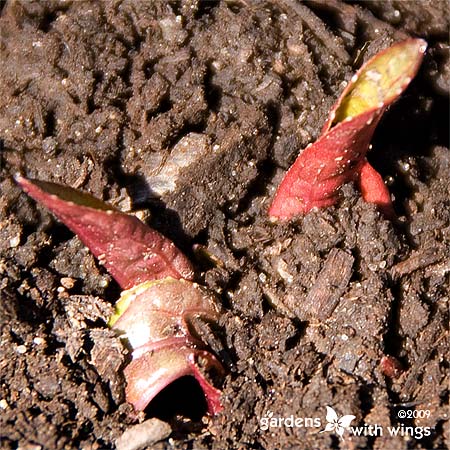
Our article Importance of Soil Preparation talks about soil preparation in detail.
4. Choosing Plants
Your selection of plants depends on how much time you, students, or their parents can devote to tending the garden. The more time you have at your disposal, the greater variety of plants you can get. With less time available, you don’t want to go for plants that need regular care and close monitoring.
At a minimum, you should aim to have nectar and host plants in your garden. Butterflies need nectar to live, and they need host plants to lay eggs. Therefore, these are the two essential plant types required to experience the butterfly life cycle in your garden. It would be best if you matched your plants with the types of butterflies you have or want to attract to your garden.
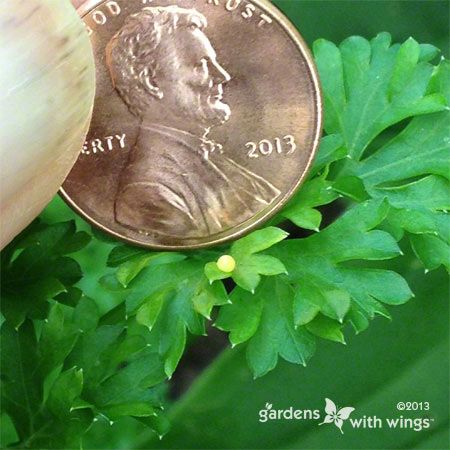
From our firsthand experiences, once we included host plants in our gardens, we saw eggs, caterpillars, chrysalises, and more butterflies in our yard.
5. Maintenance
Proper maintenance is key to your project. The good news is that you don’t have to do it alone. You have school students to help with watering, deadheading, mulching, and other activities. Before removing weeds, it’s essential to know that some weeds benefit butterflies.
It is a great team-building exercise, so engage as many students as possible. As students start tending the garden and looking after butterflies, they may think more about butterfly symbolism and meaning and their implications for their academic and social life. Joint maintenance helps create and strengthen a great camaraderie among students, which they can effectively draw on throughout their school or college years.
6. Using Rotten Fruit
Encourage your students to take turns preparing rotten fruit such as oranges, bananas, and nectarine on a dish outside and seeing which butterflies feed on the fruit—a few fruit-feeding butterflies include Red-Spotted Purples, Mourning Cloaks, and Question Marks.
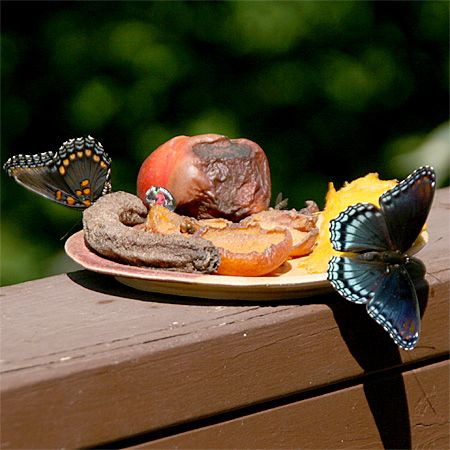
7. Adding a Water Source
Since it is important to water plants regularly, your garden should be close to a water source. Otherwise, it will take additional time to carry the water to your garden. In that case, you may need to invest in a water source to save time.
Finishing Touches
School butterfly gardens serve as a great complement to a school environment, making it more conducive to an impactful and result-oriented learning process. Students who work in a butterfly garden gain firsthand experience in team building, sharing responsibility, and detailed observation. Those interested in butterflies learn more about their food preferences, habitat requirements, migration patterns, and caring for plants.
Next up…
- How to Attract More Butterflies to Your Garden
- The four stages of a butterfly’s life cycle
- Which butterflies fly in your area?
Author: Christian Duke is a professional writer and avid gardener. He is passionate about observing and studying butterflies wherever he goes.






